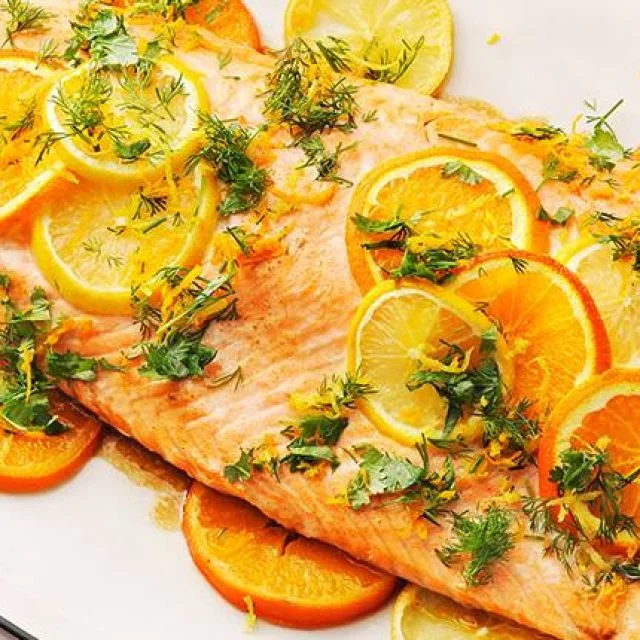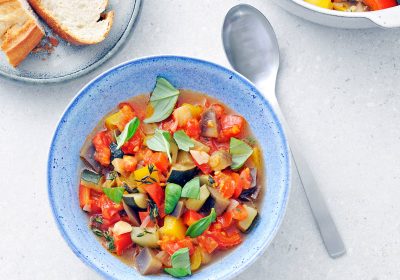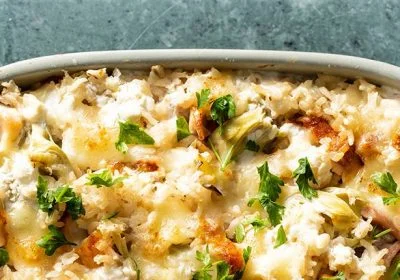Seafood is a nutritious, delicious choice for quick and easy meals, but there’s more to consider than just taste when selecting the catch of the day. We spoke with Ahold Delhaize USA Sustainability and Reporting Manager Eileen Peschek, an expert on the process of identifying and sourcing sustainable seafood. Here’s her advice on why your choices at the fish counter matter and how to fill your cart with the best picks.
What is sustainable seafood?
“Sustainable seafood refers to both wild caught and farmed seafood products that are raised, harvested, and processed in a way that takes into account the environmental and social impacts of bringing these products to the consumer,” Peschek explains. In other words, sustainability means better outcomes for both the planet and the people who farm, catch, and eat all varieties of seafood. Stop and Shop and Giant stores are proud members of the Ocean Disclosure Project (ODP), a global platform for retailers to share and hone their sustainable seafood practices.
Why is sustainable seafood important?
As the world’s population and demand for seafood grows, so does the impact on endangered species, the environment, local communities, and workers in the fishing industry. “The practices that encapsulate sustainable seafood ensure that wild fish populations remain healthy and that farmed fish operations are well-managed,” Peschek says. “This, in turn, helps to ensure that seafood products will be available to consumers for many years to come.”
What seafood varieties are considered sustainable?
Opting for sustainable seafood is not as simple as choosing one particular species over another. “We take a variety of factors into account,” Peschek explains. “Knowing which fishery or body of water the product was sourced from, understanding if a seafood supplier has a third-party certification and knowing what that certification covers, and having knowledge of current scienced-based evaluations of fisheries and aquaculture farms are all examples of the types of information that are considered in the scope of seafood sustainability.”
How do I know whether the seafood I’m buying is sustainable?
Fortunately, the grocery store makes eco-friendly fish and shellfish choices easy with clear labels. Look for the blue “Certified Sustainable Seafood” logo on a wide variety of canned and frozen products, like tuna, salmon, shrimp, scallops, and more. If in doubt, ask for advice from the fish monger at the seafood counter. And remember, whether an item is sustainable can change over time, so consumers should think of sustainable seafood as an ongoing conversation. For a general guide to sustainable seafood species, check out the recommendations of the National Oceanic and Atmospheric Administration (NOAA) at https://www.fisheries.noaa.gov/species-directory/sustainable-seafood.
An extra minute of consideration at the fish counter or frozen aisle can help to ensure that environmentally conscious, ethically sourced seafood is available for generations to come. “Any and all questions you have are welcome,” Peschek says, “as the more engaged consumers are on the topic of sustainability, the more demand there will be for sustainable seafood, which in turn prompts broader scale adoption of sustainable practices within the industry.”
To learn more about your grocery store’s commitment to sustainable seafood, visit: https://www.aholddelhaize.com/sustainability/our-position-on-societal-and-environmental-topics/seafood/.




